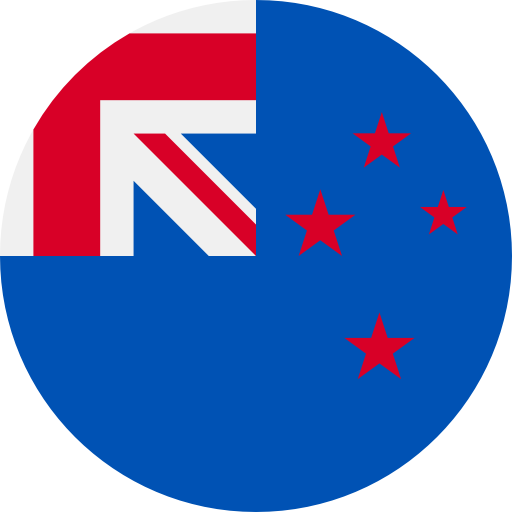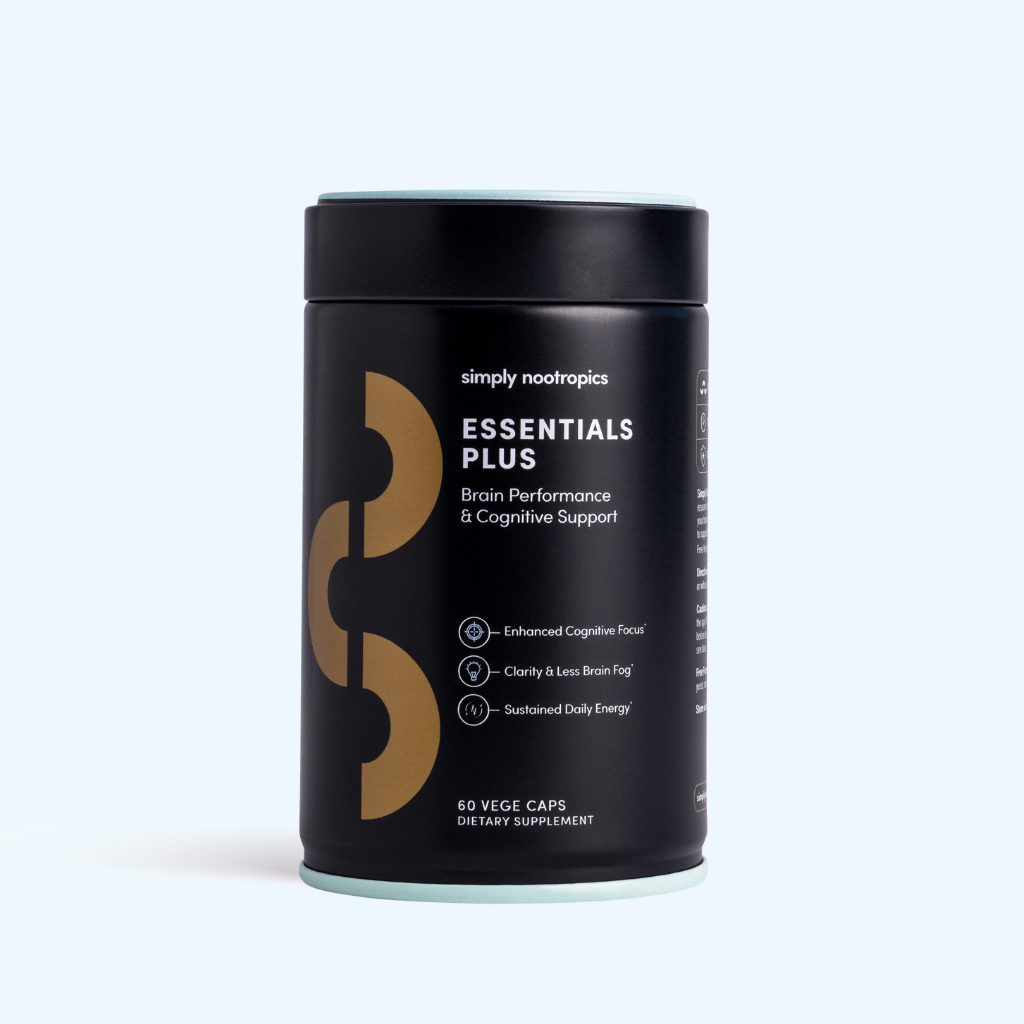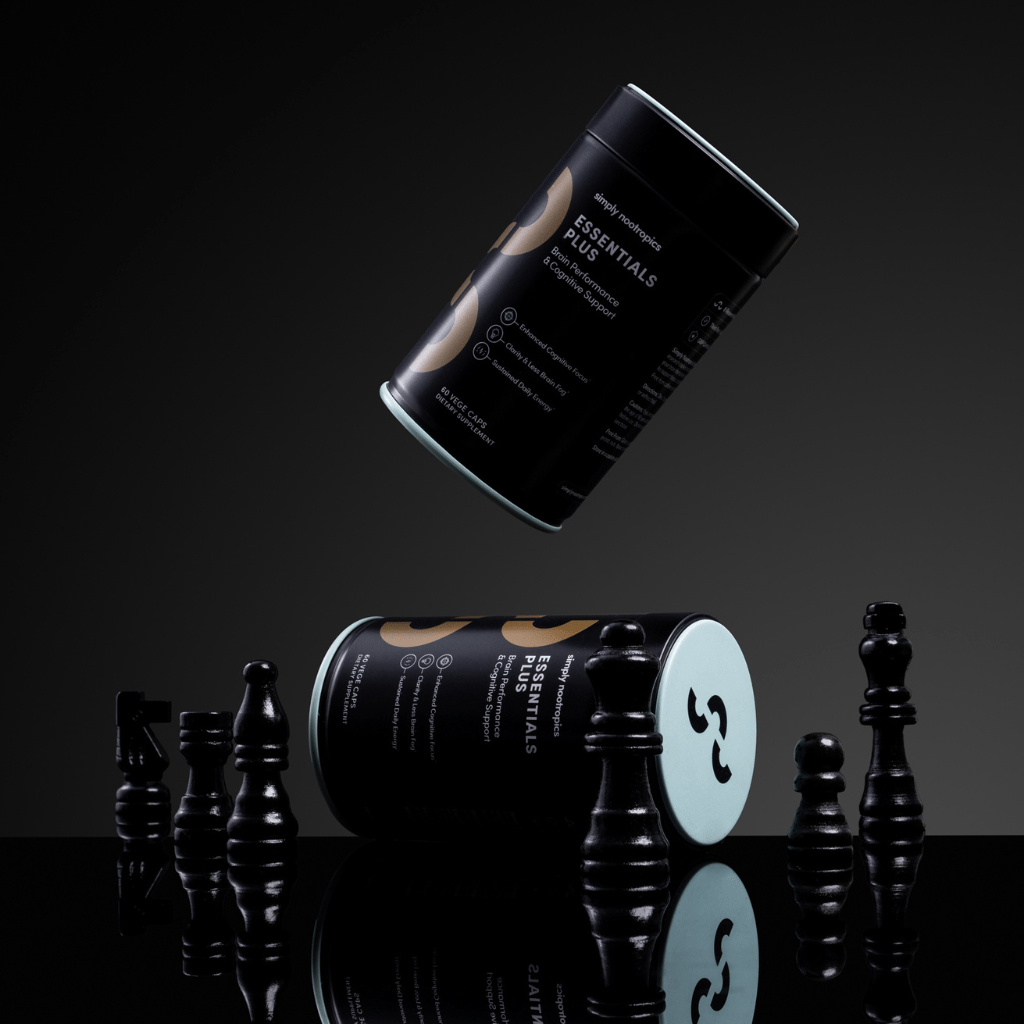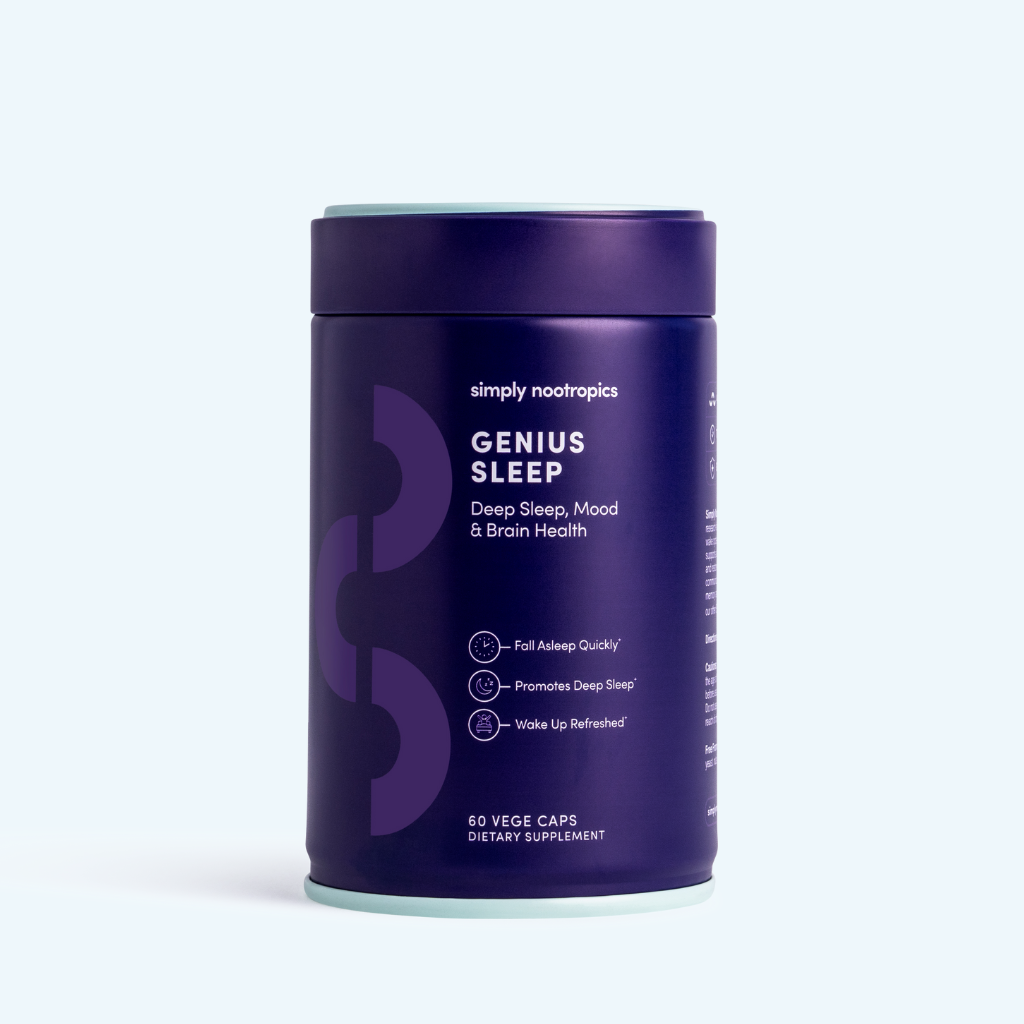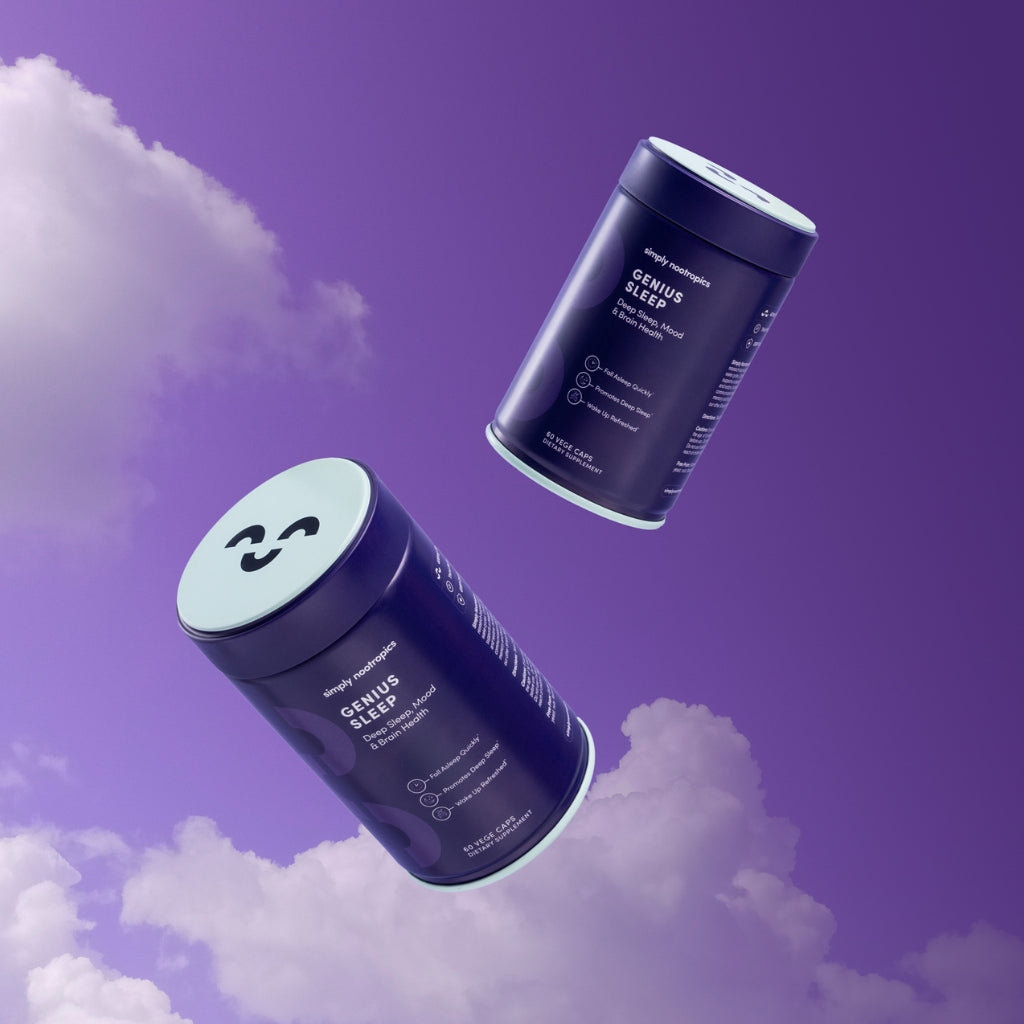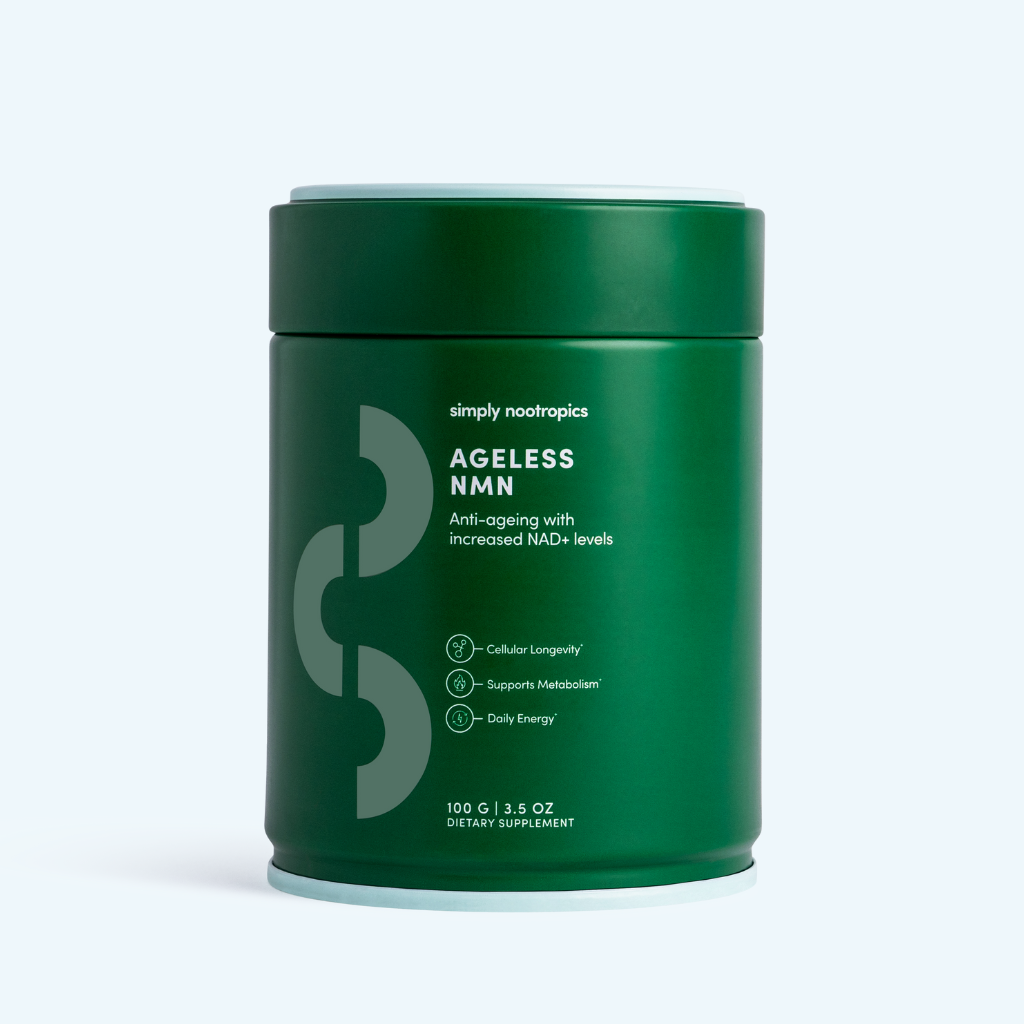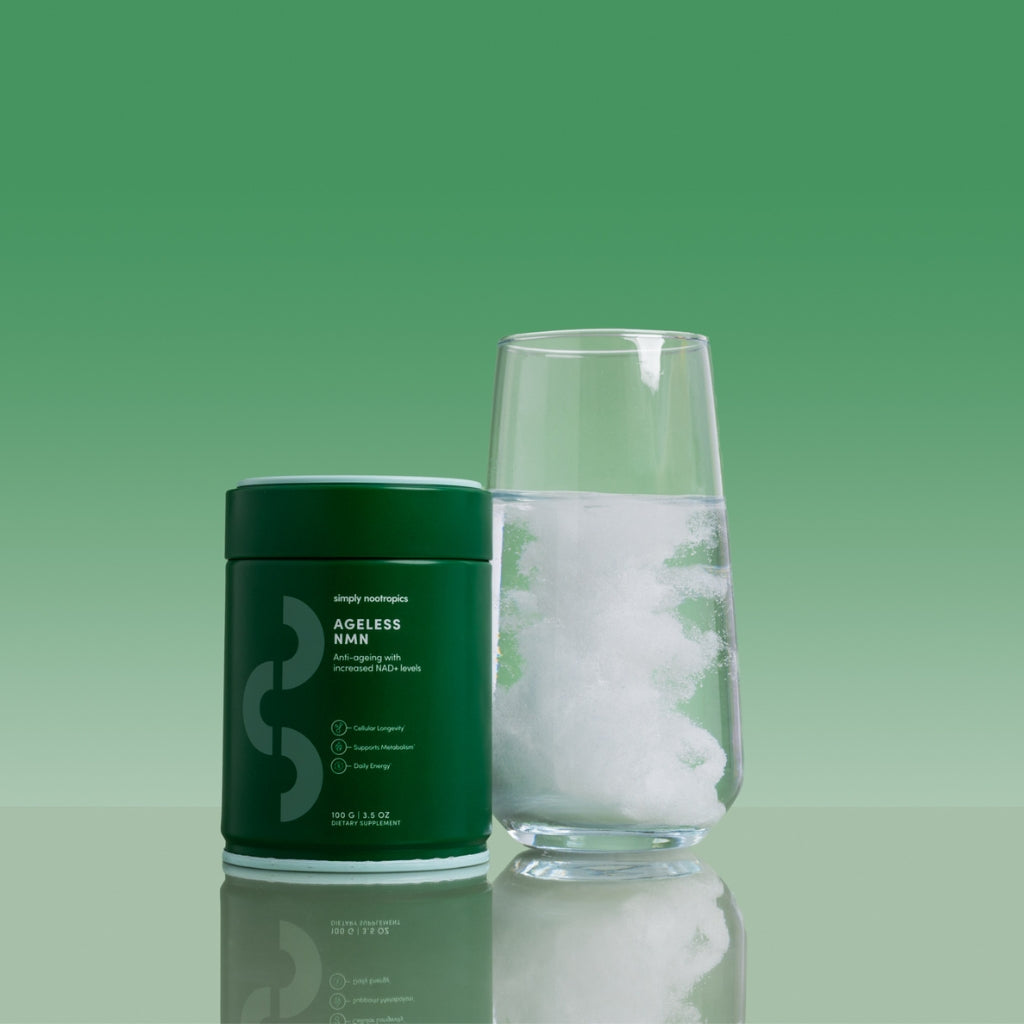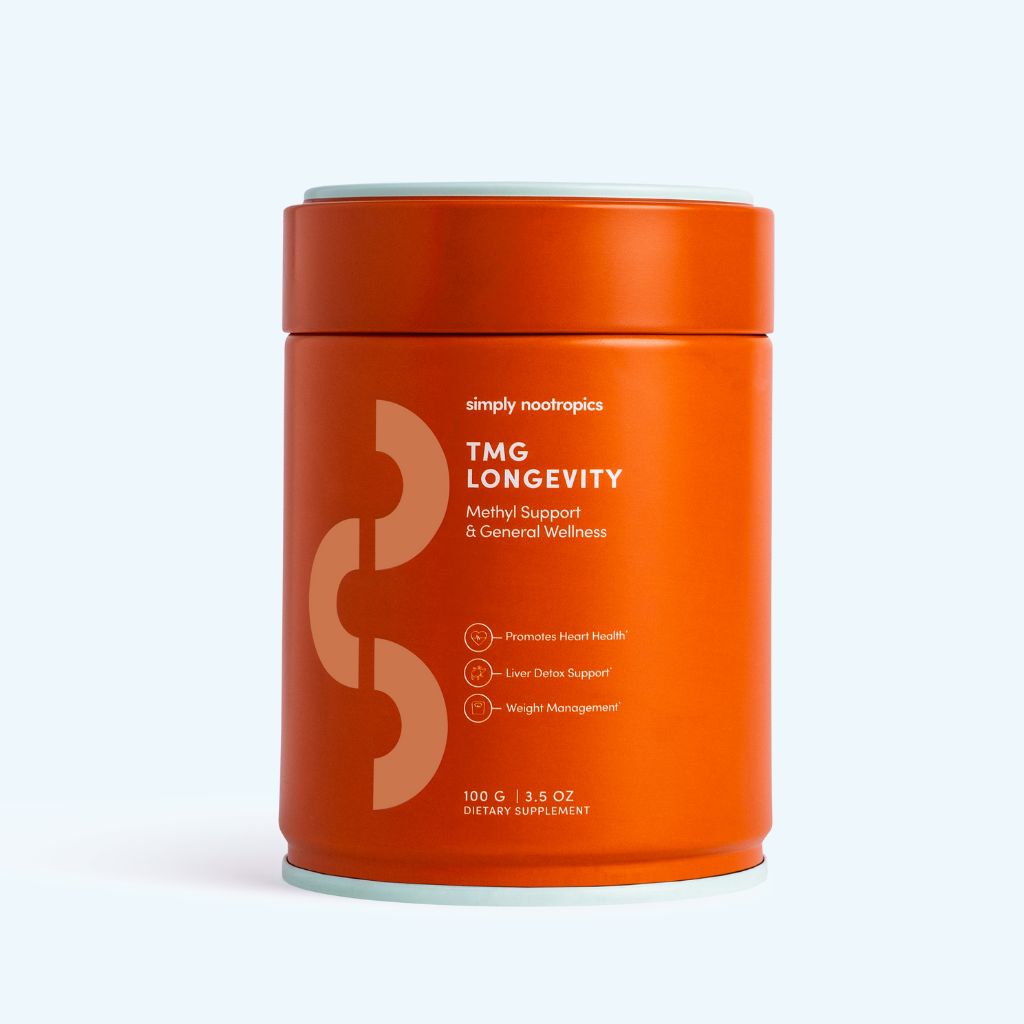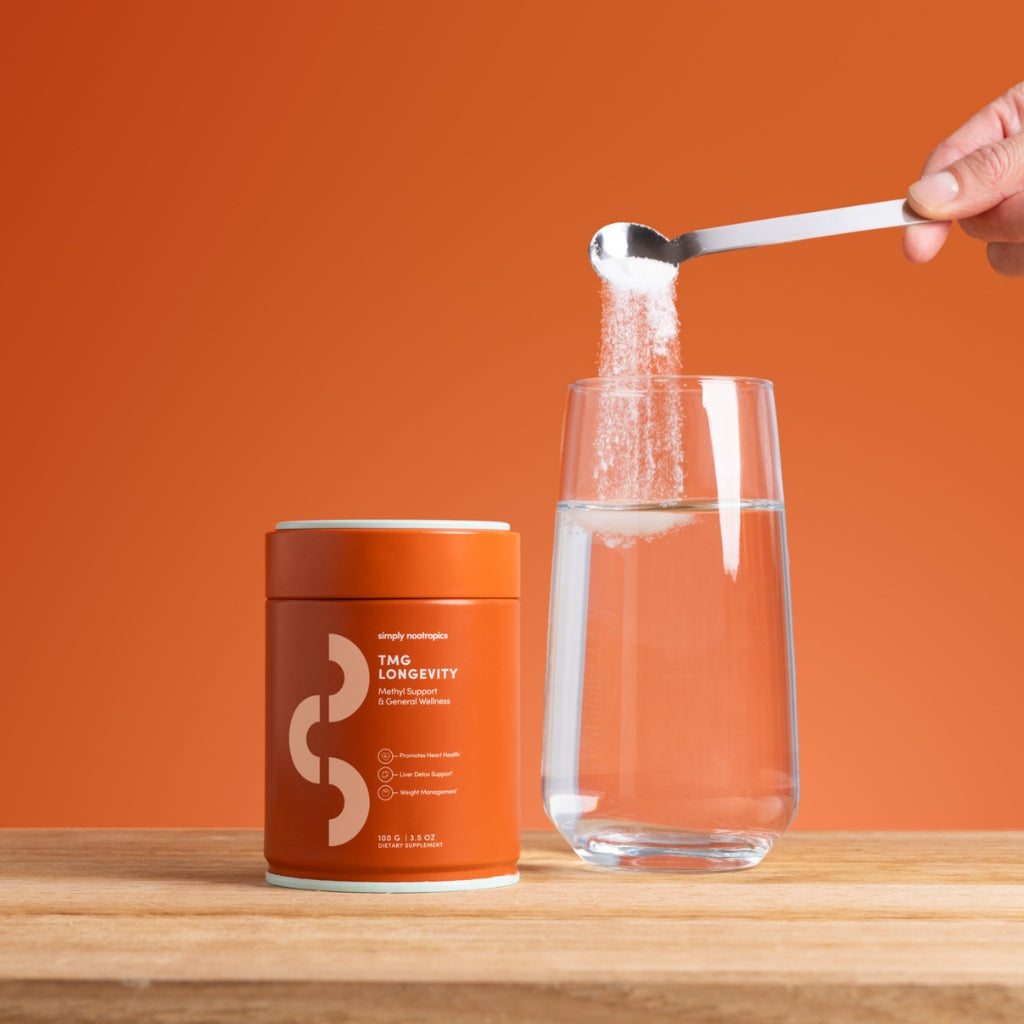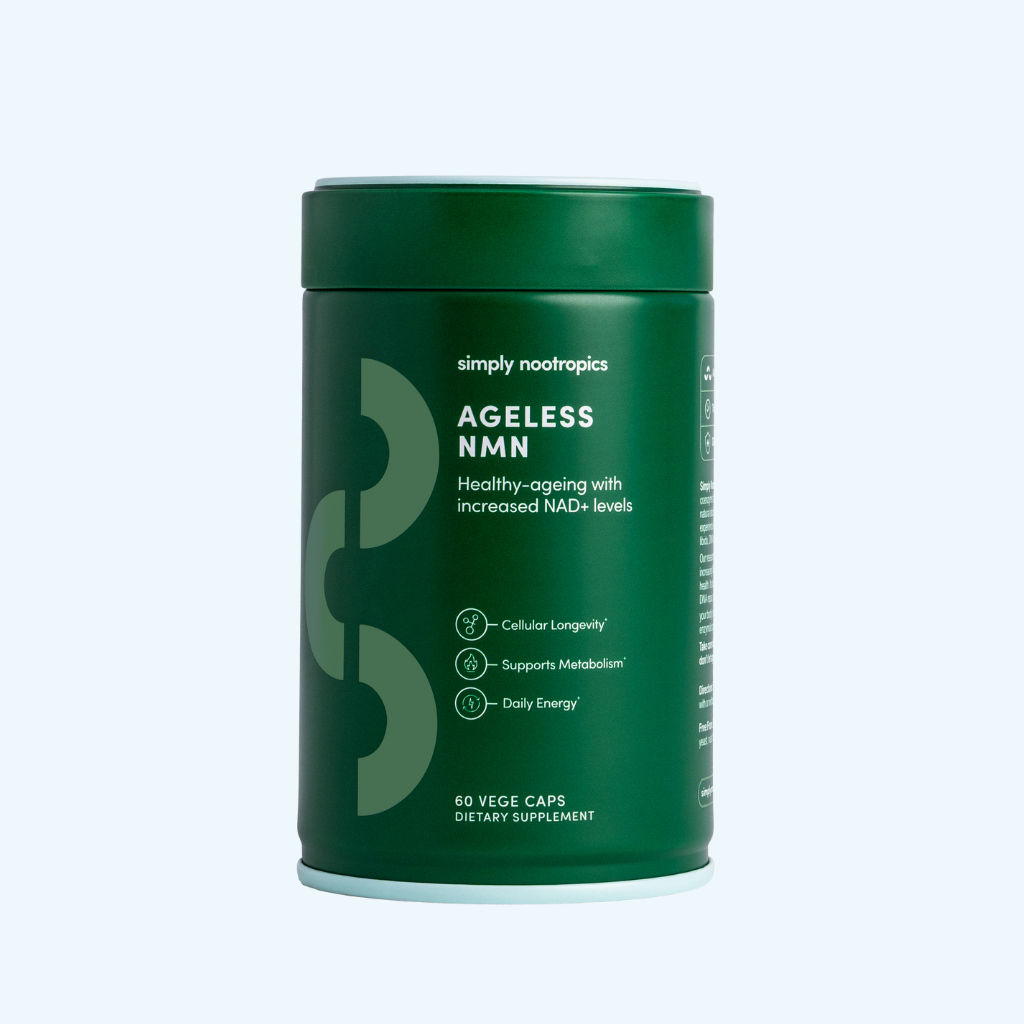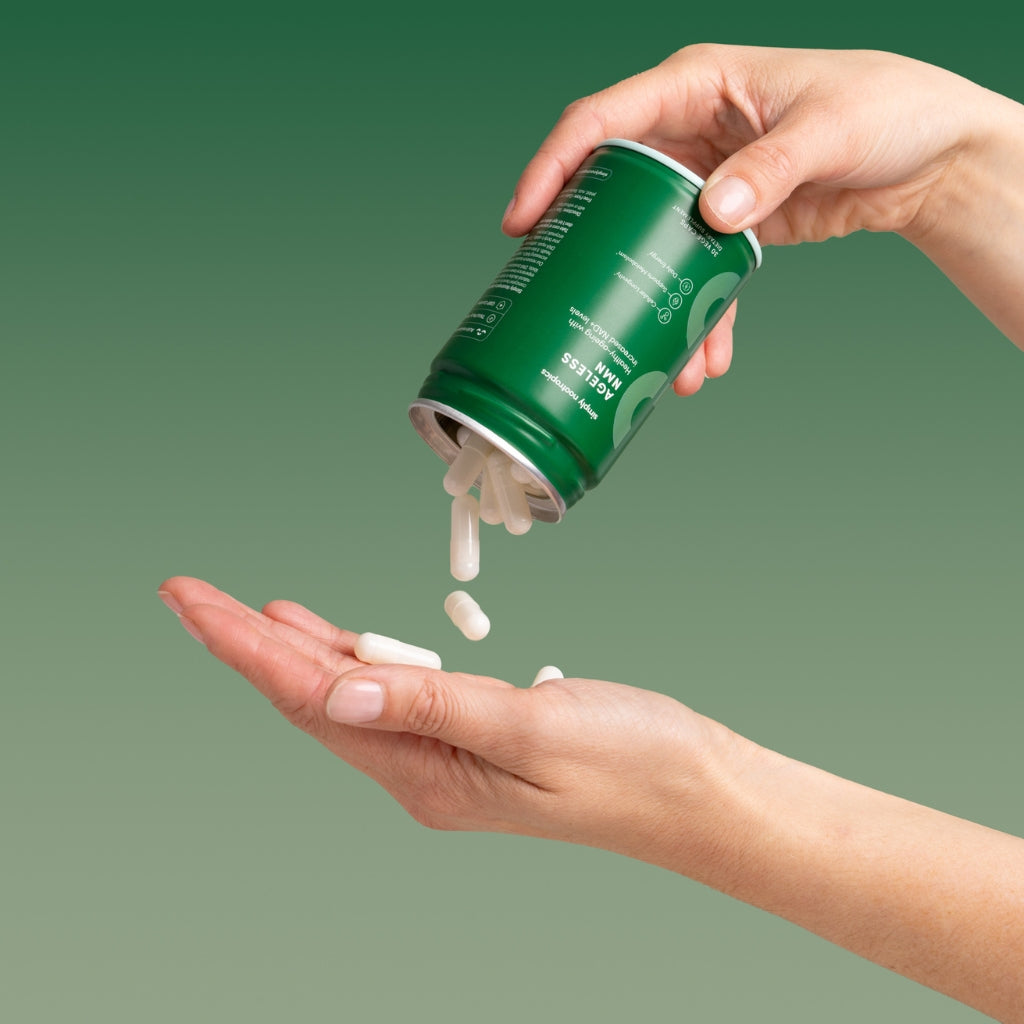Welcome back to Longevity News, your weekly look at the science reshaping how we think about ageing, and what it means to thrive at any age.
This week, researchers may have uncovered the world’s next Blue Zone on Finland’s west coast. In Berlin, scientists identified a microscopic brain protein that fine-tunes appetite signals, revealing how deeply hunger is wired into our biology. And in Cambridge, a surreal experiment shows that briefly “seeing yourself as a child” can unlock long-forgotten memories.
Together, they hint at something bigger: longevity isn’t just biology. It’s connection: to others, to our bodies, and even to our past selves.
-
The Nordic Secret to Long Life
Move over, Okinawa, because Finland may have its own contender for the title of Blue Zone.
Researchers at Åbo Akademi University have identified Swedish-speaking Ostrobothnia, a region along Finland’s western coast, as a possible new member of the world’s longevity elite. The area combines long life expectancy with a lifestyle pattern that mirrors the world’s most studied Blue Zones, from Sardinia’s Ogliastra to Ikaria in Greece.
Residents here tend to live simply and socially: walking or cycling daily, maintaining deep ties with neighbours, and finding purpose in community and faith. Meals are home-cooked, often centred on rye bread, berries, and local fish, a Nordic twist on the Mediterranean principle of whole, unprocessed foods.
But what makes the finding especially interesting is the contrast it highlights. Nearby Åland, an island with Finland’s highest life expectancy and best health outcomes, didn’t follow the same Blue Zone habits. Its residents enjoy strong healthcare access and social safety nets, yet score lower on the lifestyle measures usually linked to longevity.
The project, titled Blue Zones in the Nordics, will continue through 2026, analysing how cultural cohesion, trust, and social structure interact with health outcomes. So far, it seems that the region’s Swedish-speaking identity, with its dense community networks and shared sense of belonging, may act as a quiet buffer against isolation and stress.
It’s a reminder that the “Blue Zone formula” isn’t a diet plan or a genetic gift. It’s a way of living in sync with others, something a cold Nordic coast can teach us.
-
A Hidden Switch in the Brain’s Hunger Circuit
From community networks to cellular networks: in Berlin, researchers have discovered a new mechanism that helps the brain regulate appetite.
At the Charité University’s Collaborative Research Centre 1423, scientists found that a small protein called MRAP2 acts as a chaperone for the brain’s main satiety receptor, MC4R. This receptor tells you when you’re full, but it can only do its job if it reaches the cell’s surface, and that’s where MRAP2 comes in.
MRAP2 helps MC4R move into position, stabilising it so it can send stronger “I’m satisfied” signals. Without it, those hunger messages never make it to the stage, leading to constant appetite and overeating.
Using high-resolution imaging and fluorescent biosensors, the team showed that MRAP2 isn’t just passive cargo, it actively reshapes the receptor’s structure and function. The finding adds a missing piece to the hunger puzzle, offering new insights into why some people may feel full later or less intensely than others, even with the same meal.
The broader implication? Our relationship with food is less about willpower and more about cellular precision. The same neurons that help us resist temptation or sense satisfaction depend on proteins, something we’re only beginning to understand.
-
Your Younger Self May Hold the Key to Old Memories
A team busy exploring the biology of memory discovered something remarkable: we can unlock early childhood memories simply by seeing ourselves as children again.
In a study from Anglia Ruskin University in Cambridge, neuroscientists used a technique called the “enfacement illusion.” Participants viewed a live video feed of their own face, digitally altered to look several decades younger. As they moved their heads, the childlike version mimicked their movements in real time, creating a powerful sense that the image on screen was their own.
After experiencing the illusion, participants were asked to recall childhood memories. The result? Those who had seen their younger selves retrieved far more vivid and detailed recollections than those who had seen their normal adult faces.
This discovery opens fascinating possibilities. For one, it challenges the idea that early memories are lost forever - they may simply be locked behind missing sensory cues. It could also inform therapies for memory loss or trauma, using embodiment and visual feedback to help patients recover experiences buried deep in time.
For longevity researchers, the finding adds a new layer to cognitive health: ageing well isn’t only about protecting memory, but about keeping access to the emotional library that defines who we are.
-
The Strange Things Exercise Does (and Why They’re Fine)
And finally, a light-hearted detour. A roundup from Science Alert catalogued some of the weirder bodily reactions to exercise, from metallic tastes to “coregasms.”
Most of these phenomena are harmless. That metallic tang after a long run? Tiny capillaries in the nose or lungs reacting to changes in pressure. Post-run rashes or chafing? The skin’s way of protesting against friction and sweat. Even rare occurrences like “exercise-induced euphoria” (the so-called coregasm) are simply examples of the nervous system firing in overdrive.
These quirks highlight how exercise engages nearly every system in the body (cardiovascular, hormonal, neurological) and how adaptable those systems are. The body’s weirdness, in other words, is a sign of vitality.
So if your nose runs, your toenails bruise, or your face flushes after a workout, take comfort: it means your biology is busy doing exactly what it’s meant to, adapting to stress so it can grow stronger.
Product Spotlight
Ageing well starts with the small things, and that includes supporting the molecules your cells rely on most. Ageless NMN is formulated to replenish NAD⁺, the coenzyme essential for energy production, DNA repair, and resilience. Every Ageless NMN Powder delivery also includes a free TMG Powder, designed to work in synergy and support healthy methylation, helping your body use NMN efficiently.
Together, they support the same cellular pathways that define longevity: energy, repair, and renewal.
